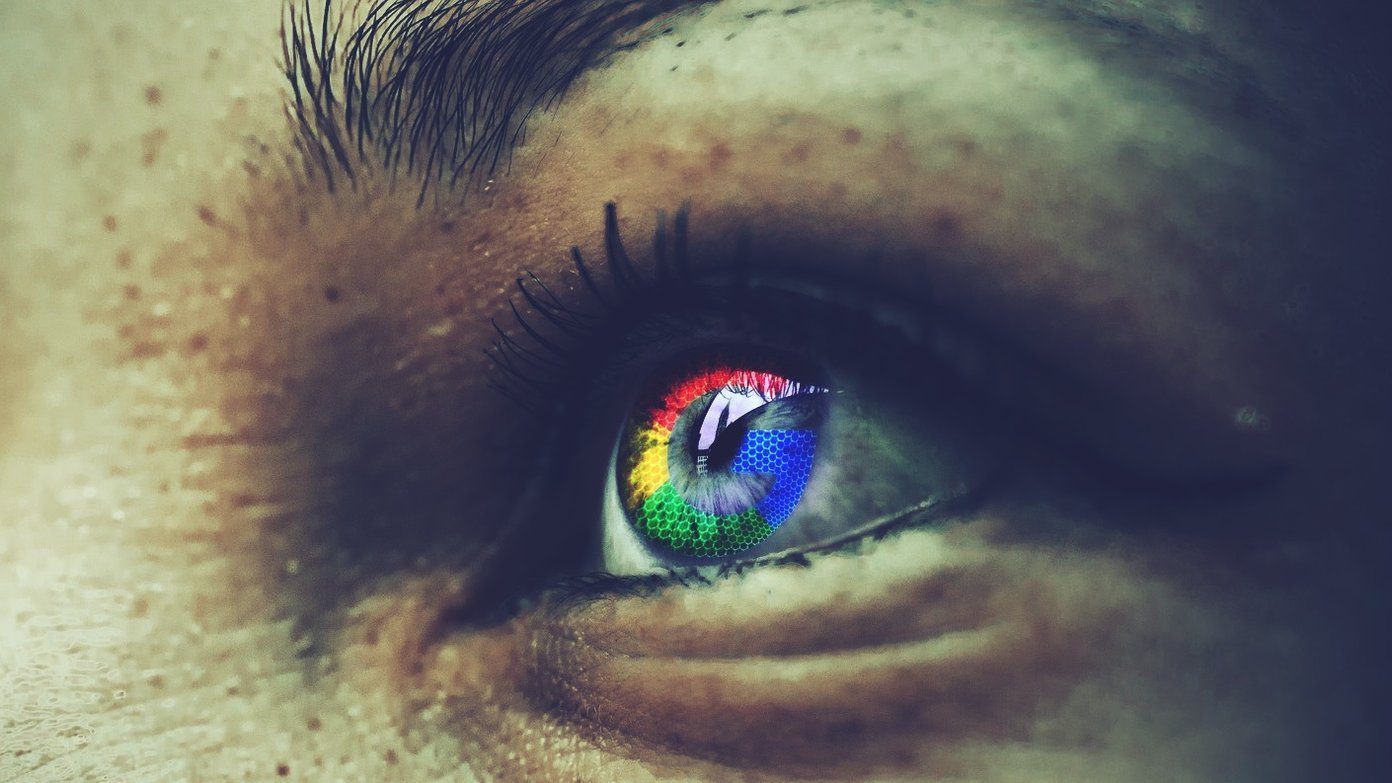Without taking much of your time, and without interfering with your excitement, let us have a quick dive in Metro UI and see for ourselves what’s new!
The Welcome Screen
When I booted the developer edition of Windows 8 for the very first time I was puzzled for a while. After the boot splash screen, there was a beautiful scenery with information like time, date, battery remaining and Wi-Fi network I was connected to (these information may vary from one device to another). It took me a few minutes to realize that it was the lock screen and I need to slide the picture to enter my login password. If you look from the perspective of a user who is working on a laptop or desktop, it does not make much sense but if you have a touch enabled device like a tablet it does prove to be useful . If you don’t feel like dragging the picture you can simply double click on the picture or press any key on your keyboard to go to the enter password screen. If you want to end your session you can shutdown and restart as well.
The Start Menu
Believe me, when I say the next screen you get with all your apps pinned on it with a smooth finish is the Start Menu, I am not kidding. If you have worked on any modern day smartphone you can consider this Start Menu as your Home Screen with all your applications placed on it. If you need to run an app, scroll and hunt for it and once you get it just click to run it. Again, if you are on a touch enabled device with accelerometer support, you can just swipe the screen and reach for your application. You can arrange the tiles (the app icons) by dragging and dropping it on a new place. Currently there is no way we can pin an application or file to the menu but we will show you how to tweak Windows 8 to enable some of such features in future posts.
The Metro Control Panel
Now this one is really interesting. Windows has introduced yet another new cool look to the Control Panel. So, after Classic and Categorized, it’s now the Metro look. You can access this new control panel directly from the Metro Start Menu. The screen is divided into two parts: the left one has settings like Personalization, Users, Wireless, etc, while on the right hand side we have the detailed settings for the particular module. If you ask me this new control panel is made keeping in mind the people working on tablets and handhelds.
The Start Menu Search
Remember in Vista and Windows 7 our Start Menu had a search bar from where we could search and run all the applications installed on our system? Now in Windows 8 with the new Metro Start menu the search bar is gone forever. Whenever you want to search you can just start typing and the home screen will display all the applications related to the current search keyword almost instantly. The search includes applications, files and control panel items as well.
My Verdict
If you ask me, while using the Metro UI in Windows 8 dev preview, I have always asked myself, “Why don’t I have a touch enabled display?”. The Metro UI definitely has been created keeping tablets in mind, but, working with it on a desktop is a new experience as well. The above article may contain affiliate links which help support Guiding Tech. However, it does not affect our editorial integrity. The content remains unbiased and authentic.













